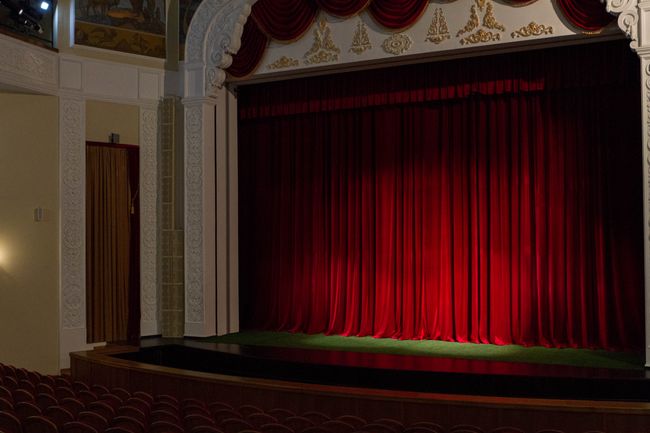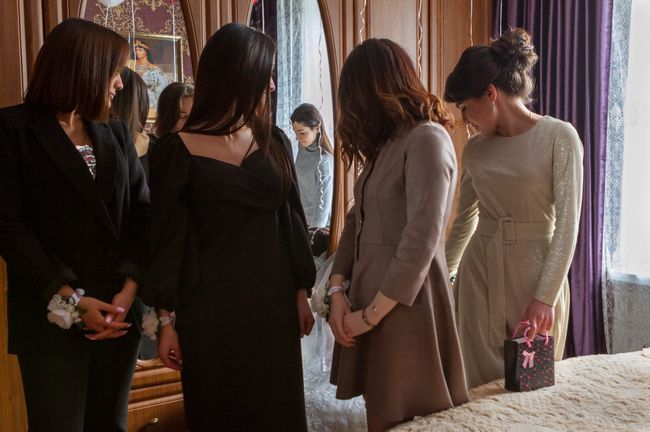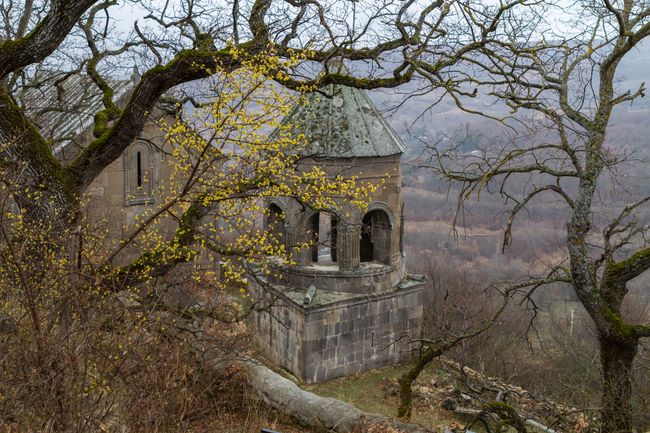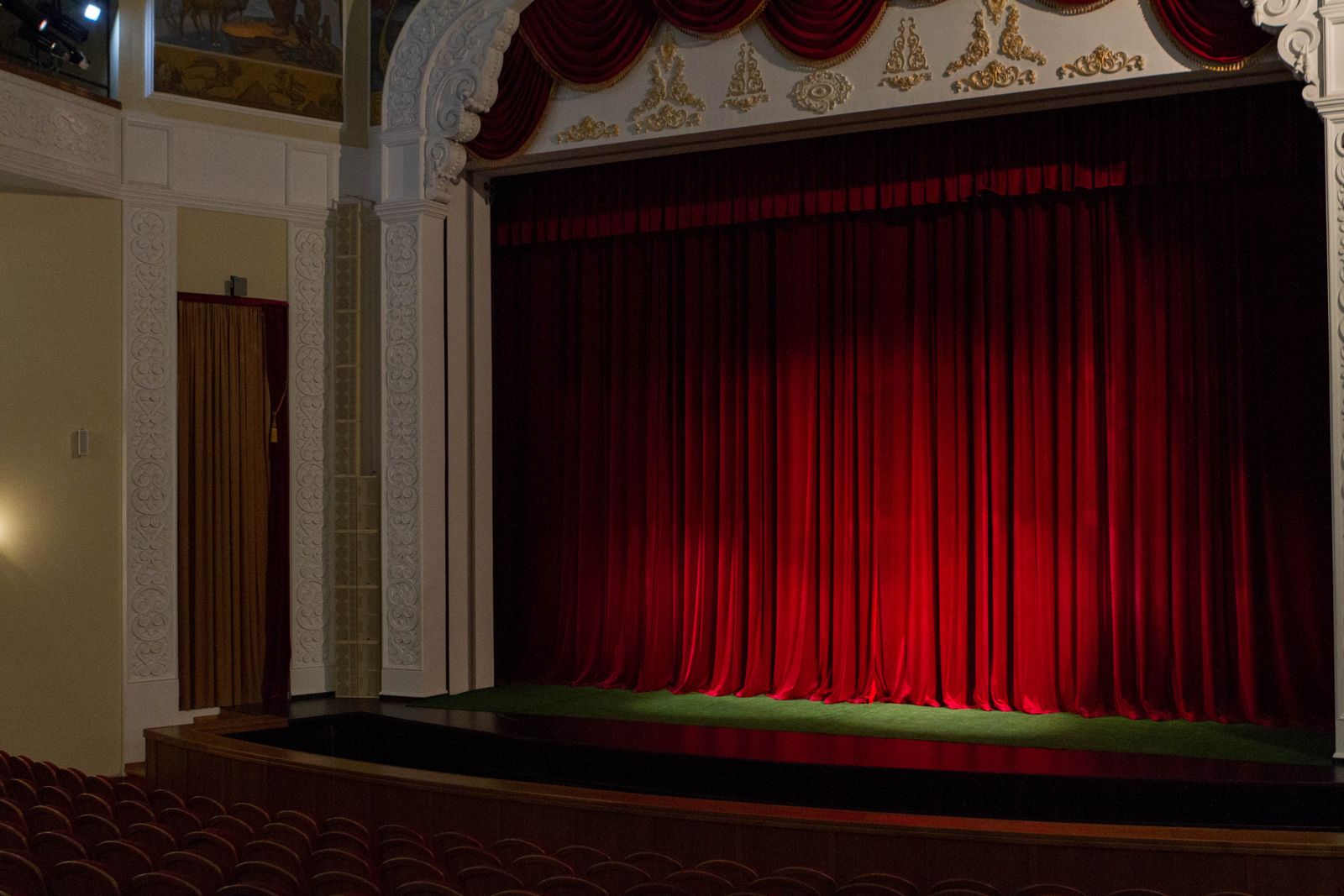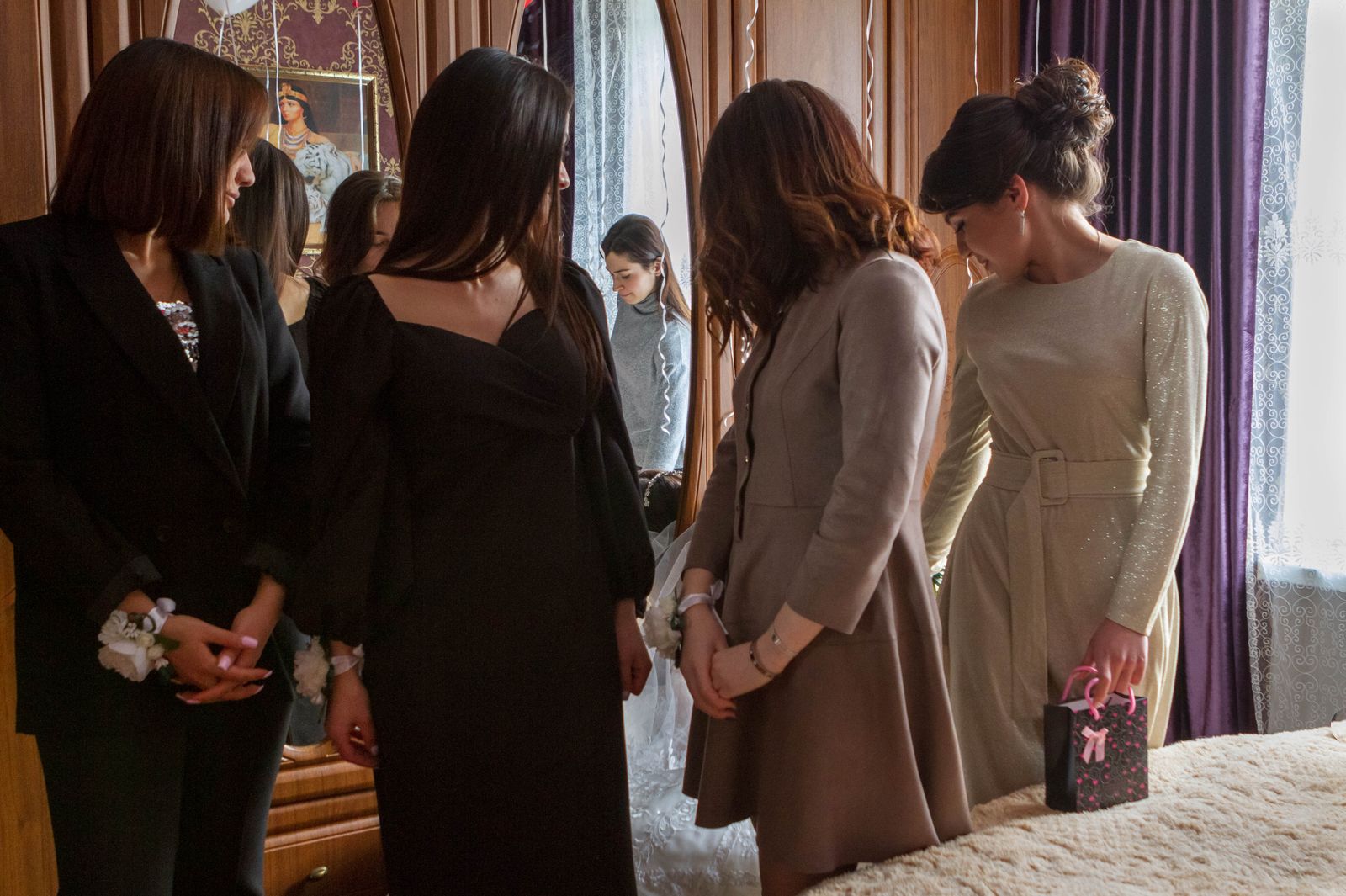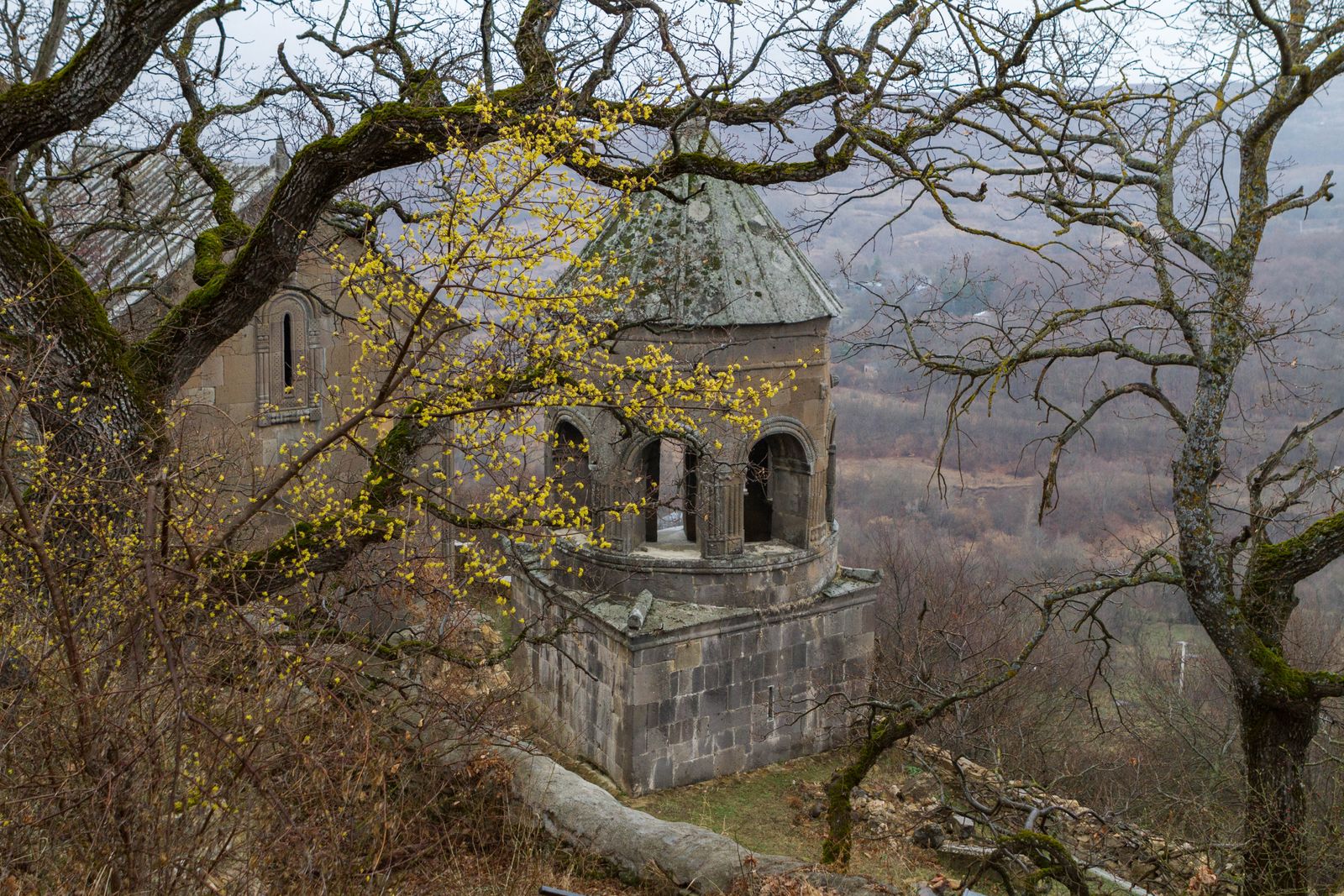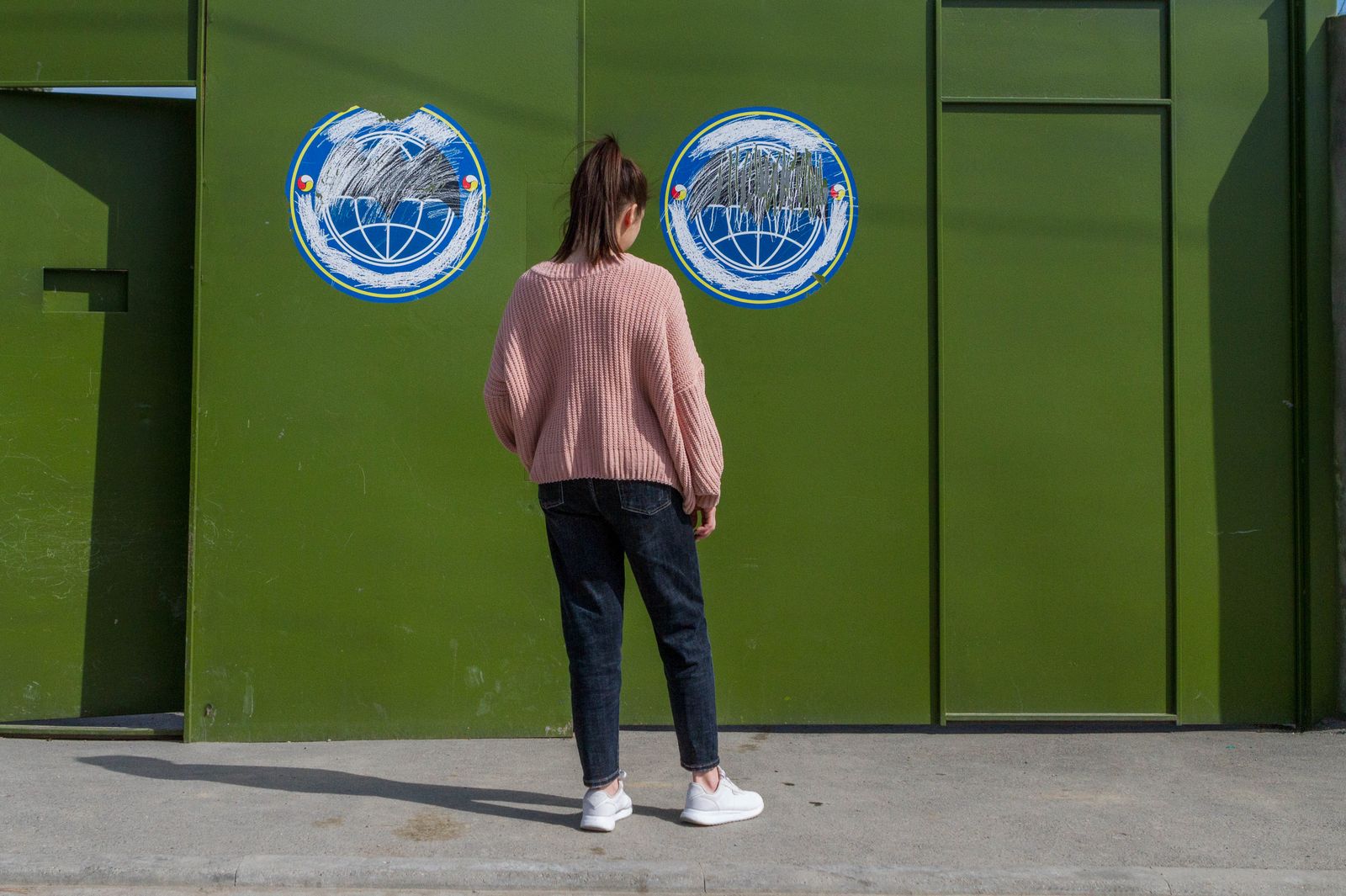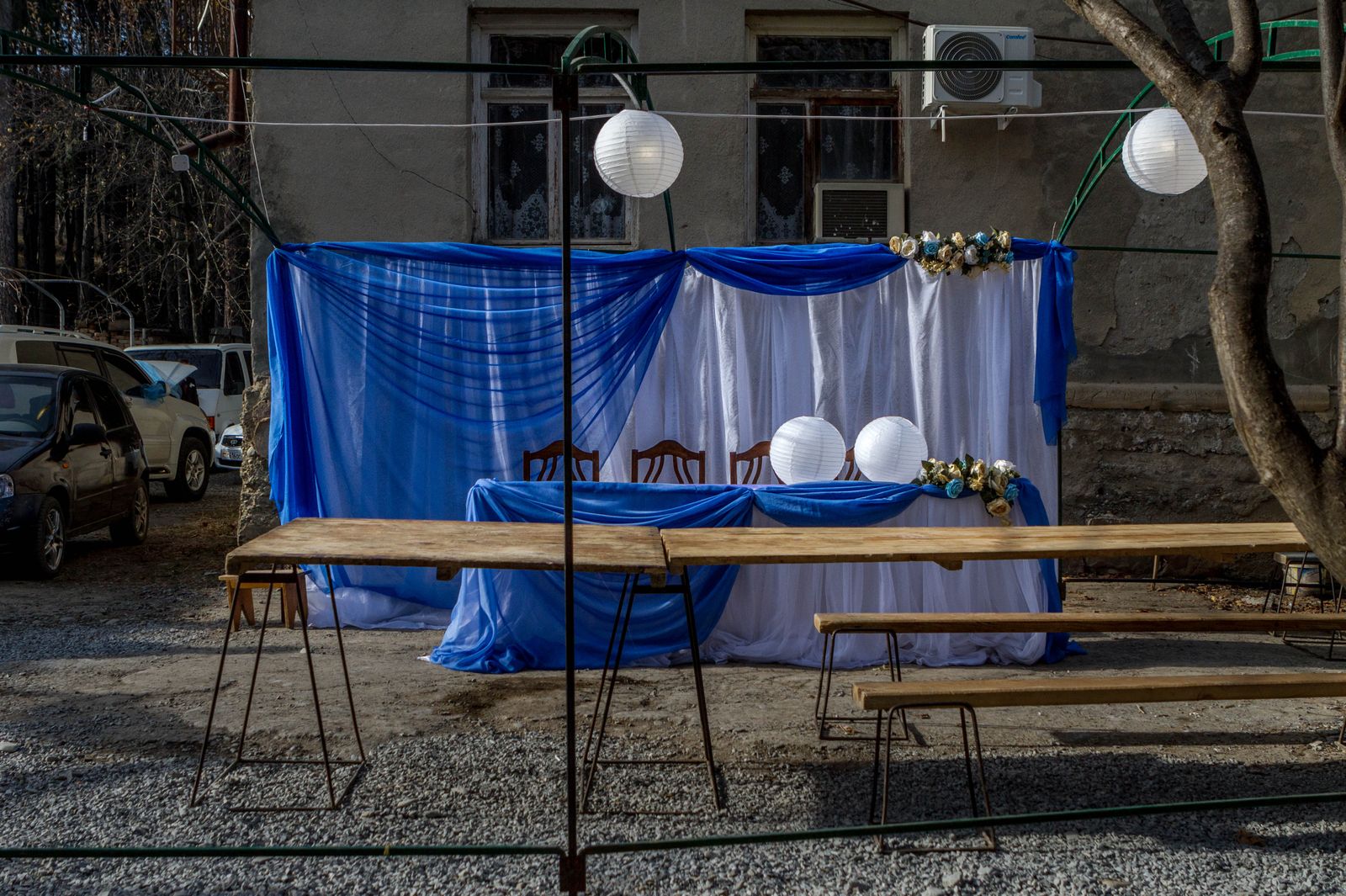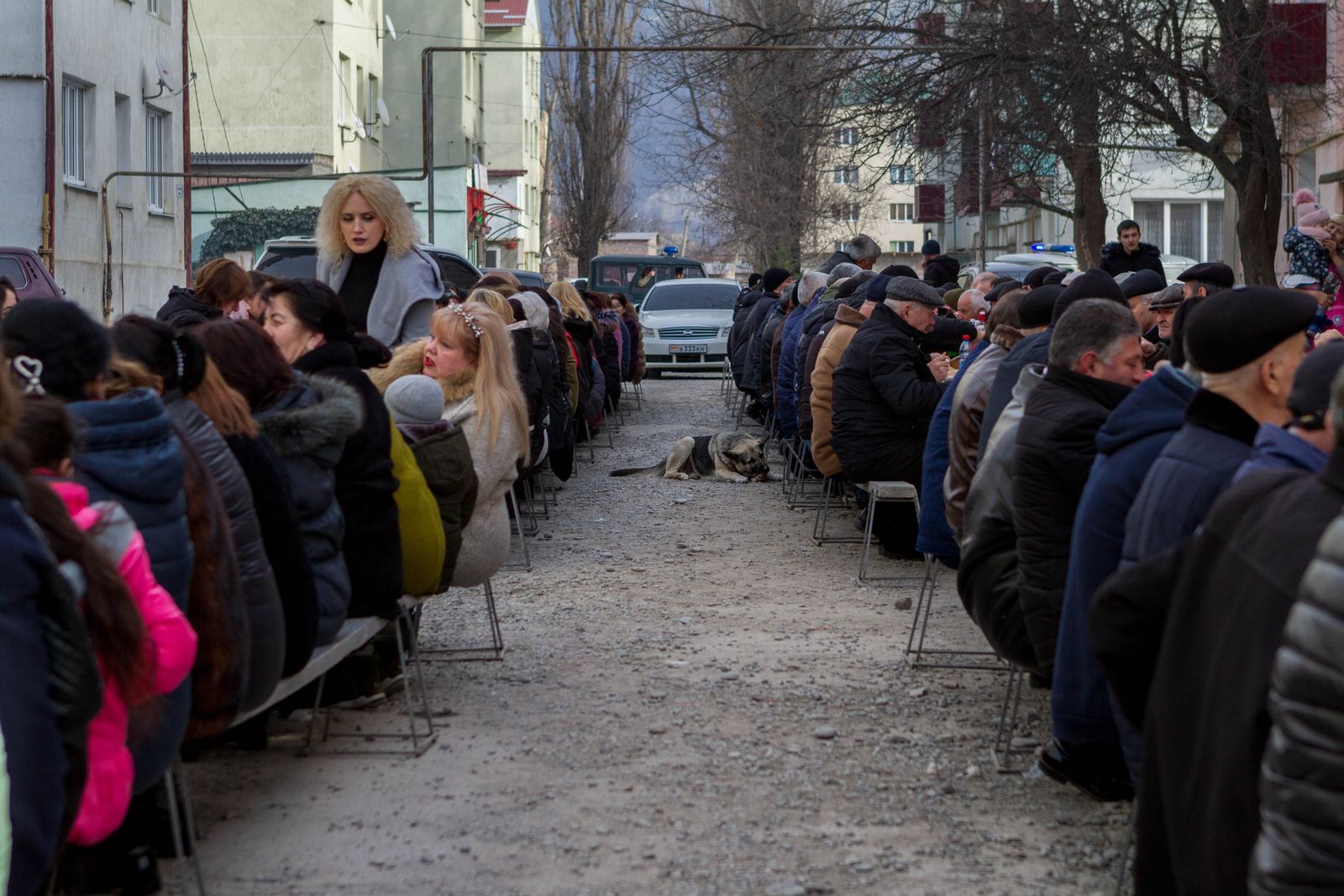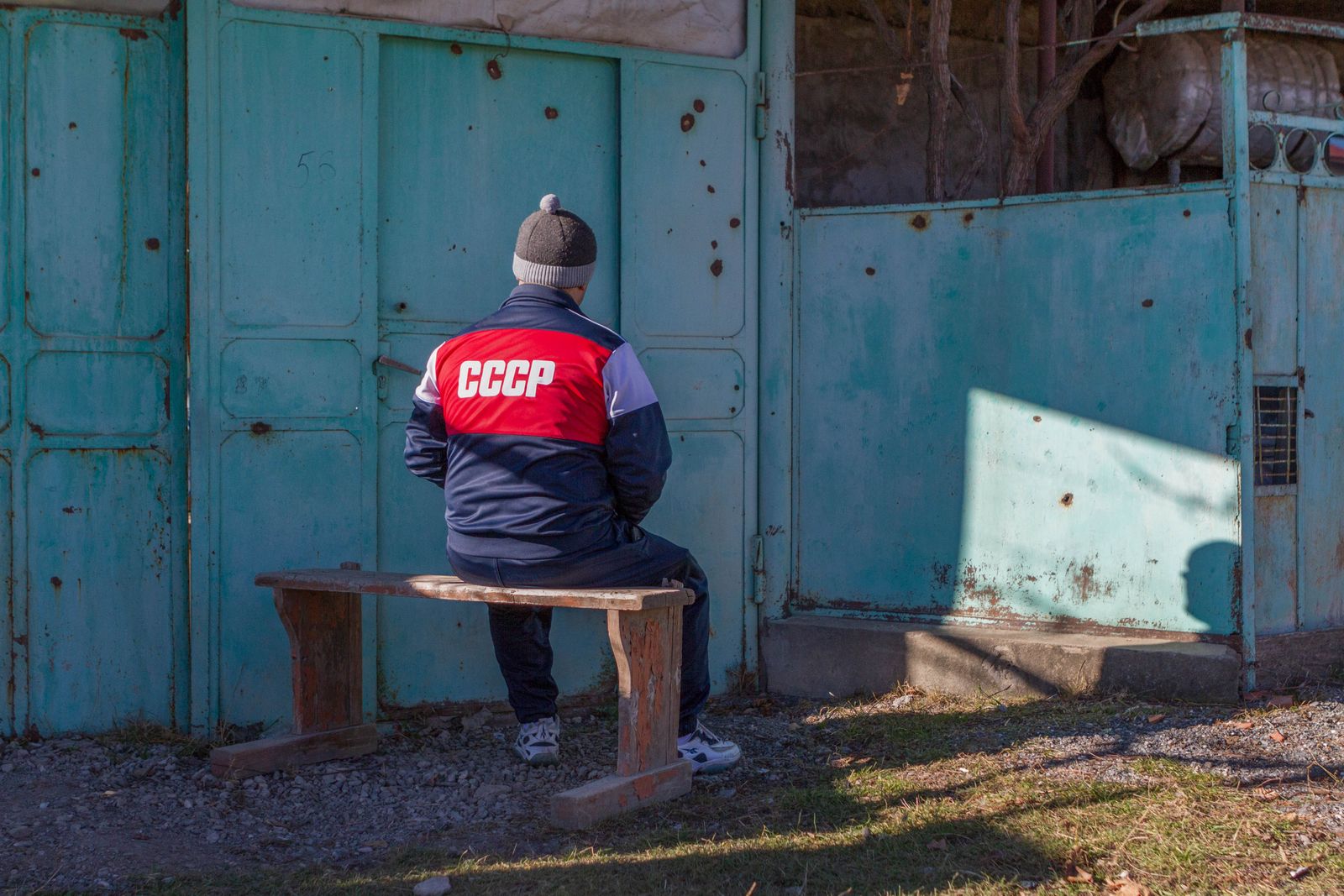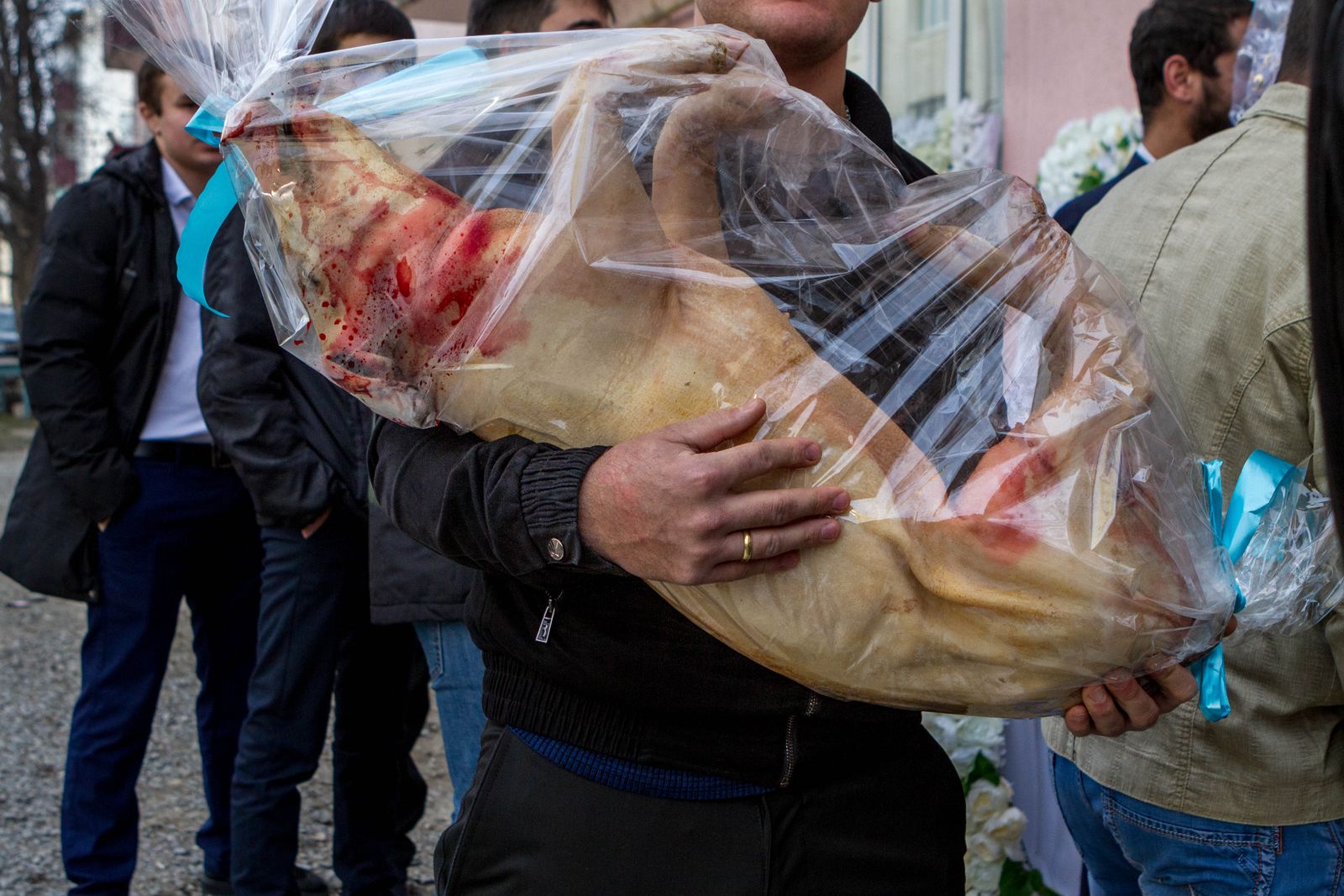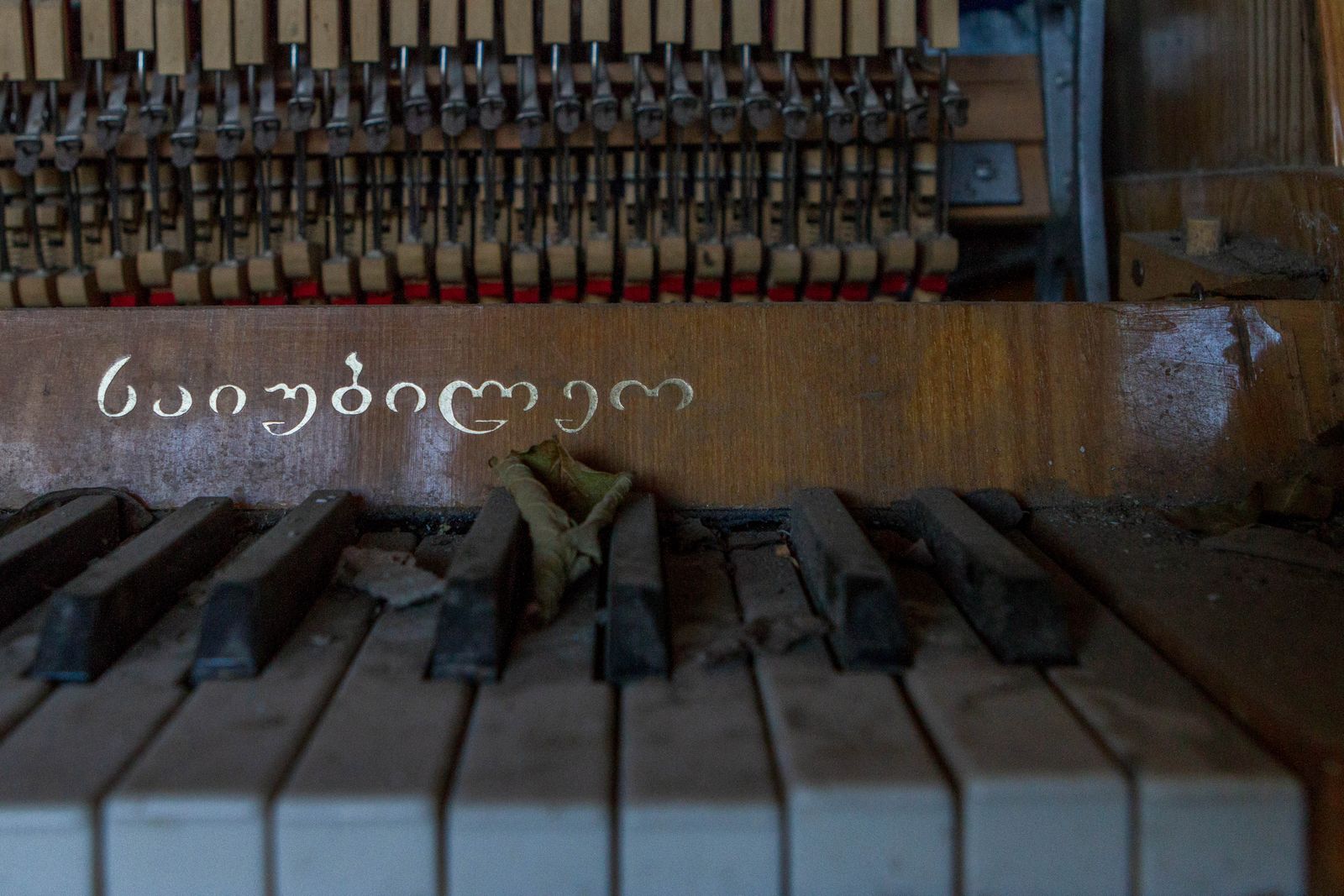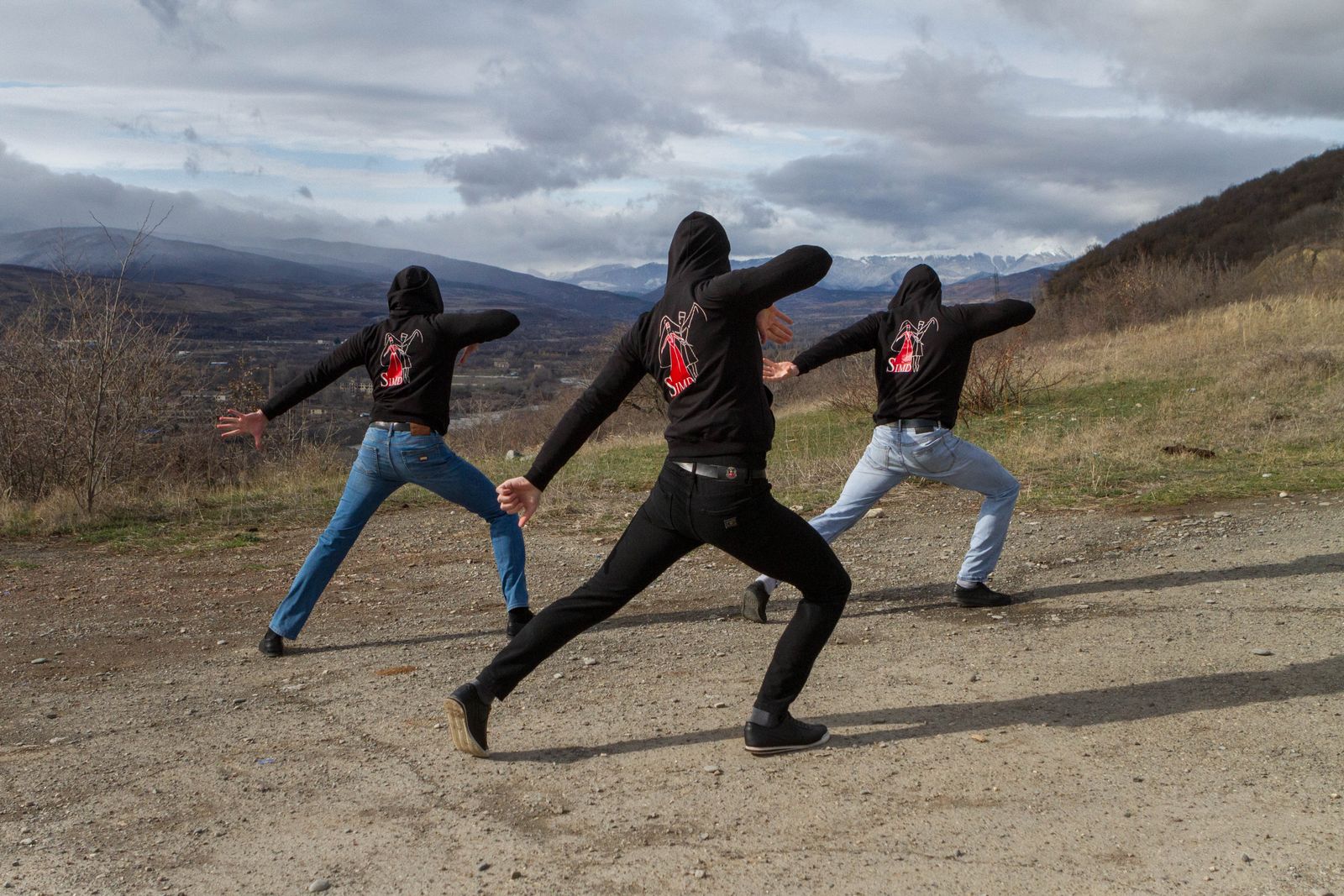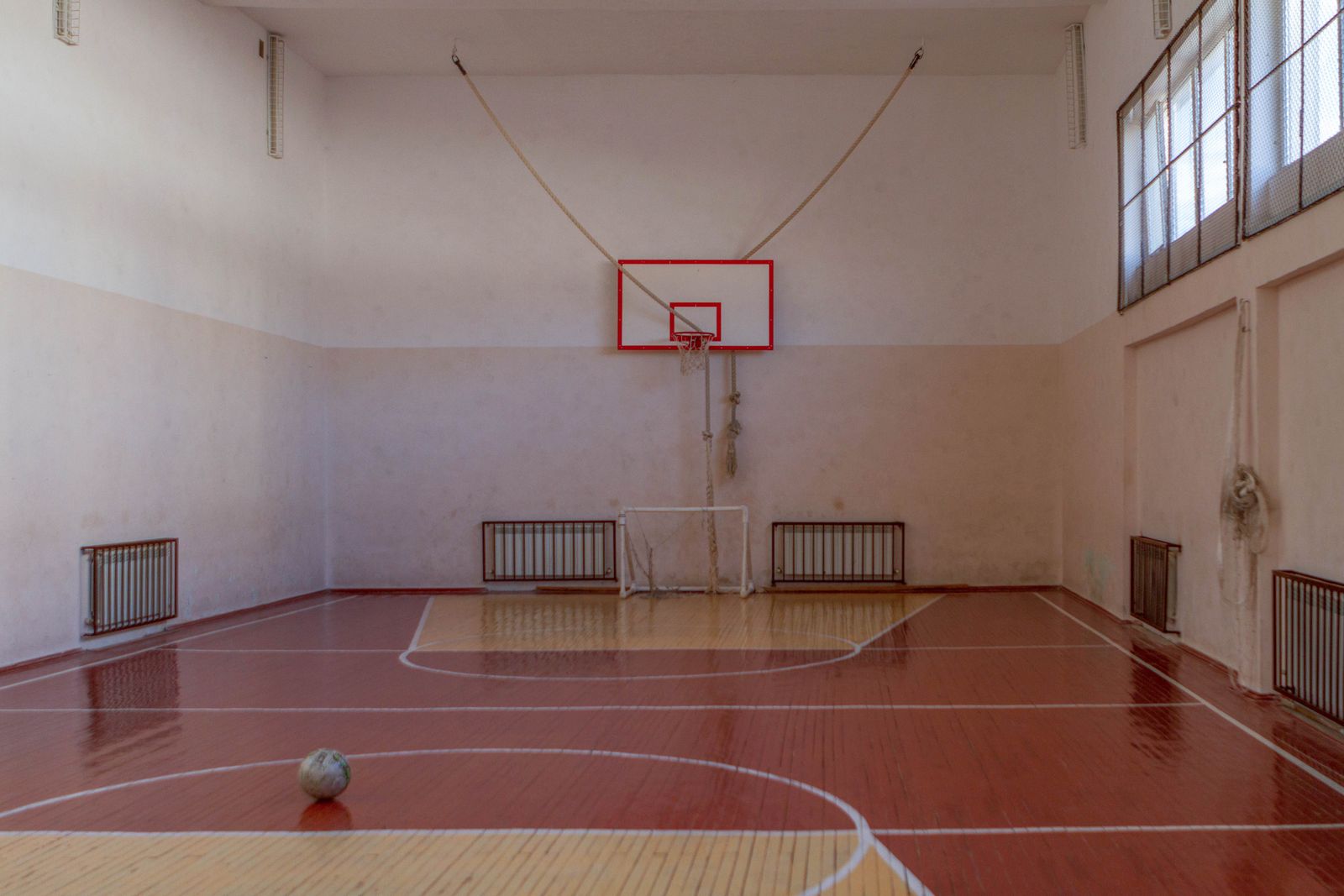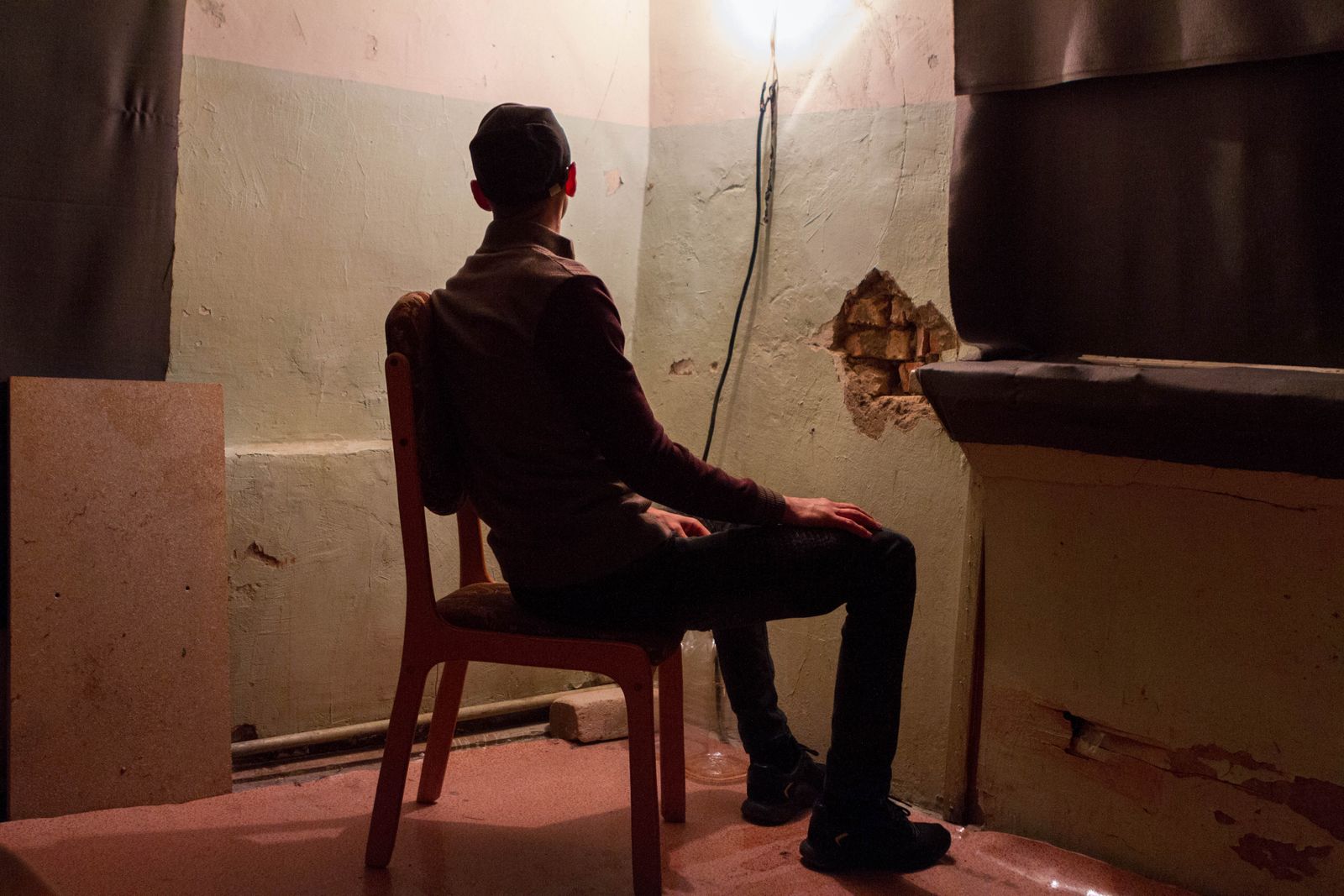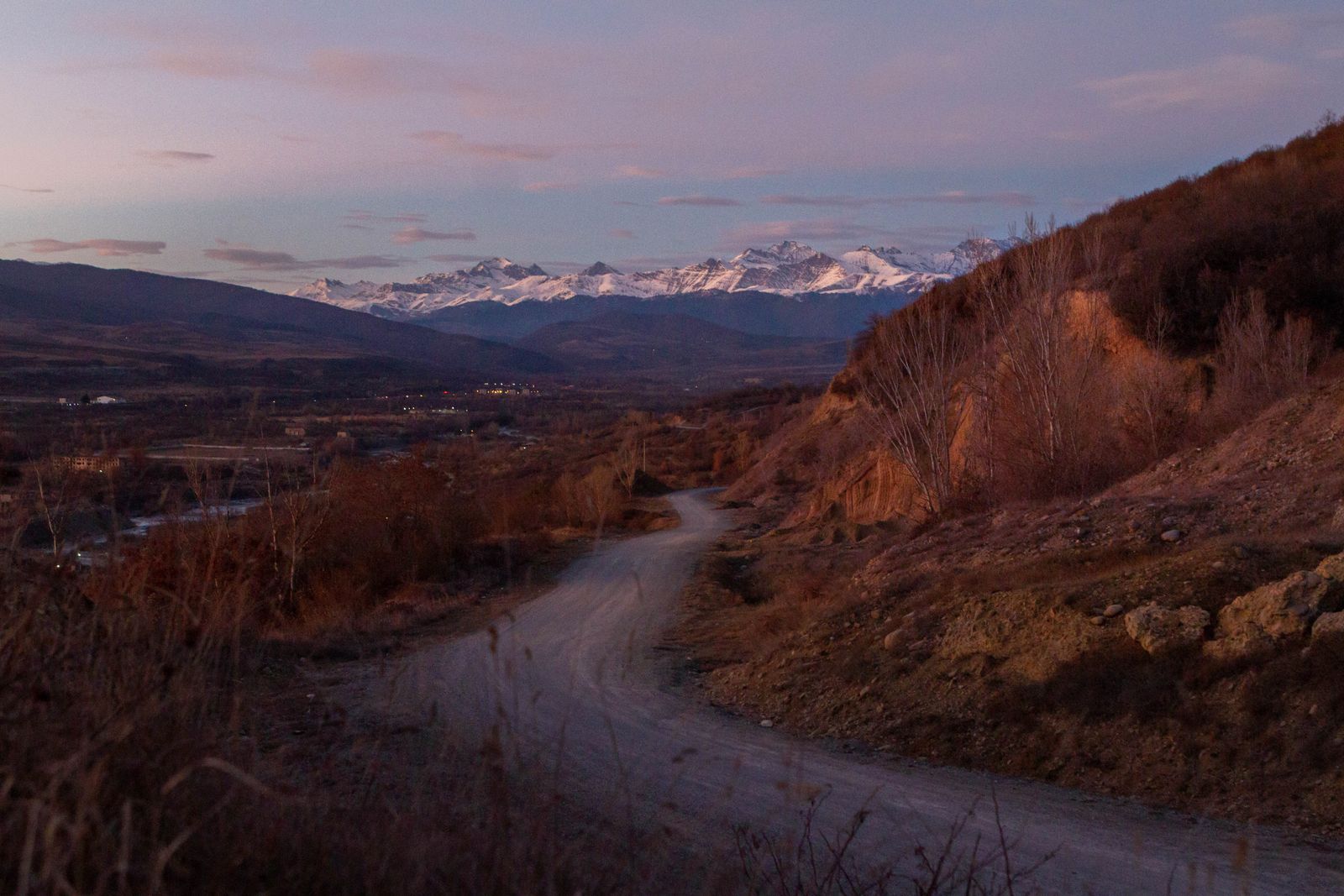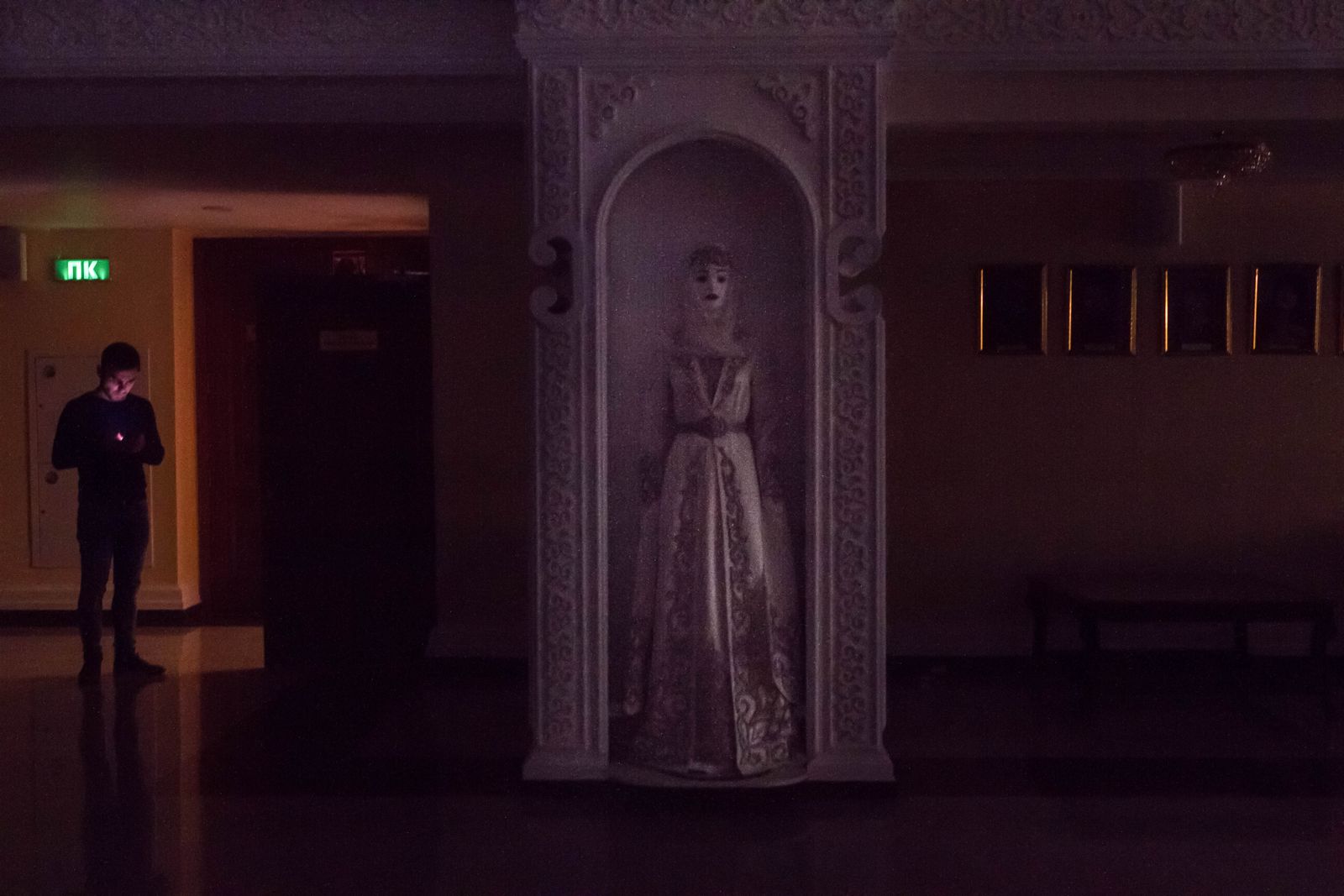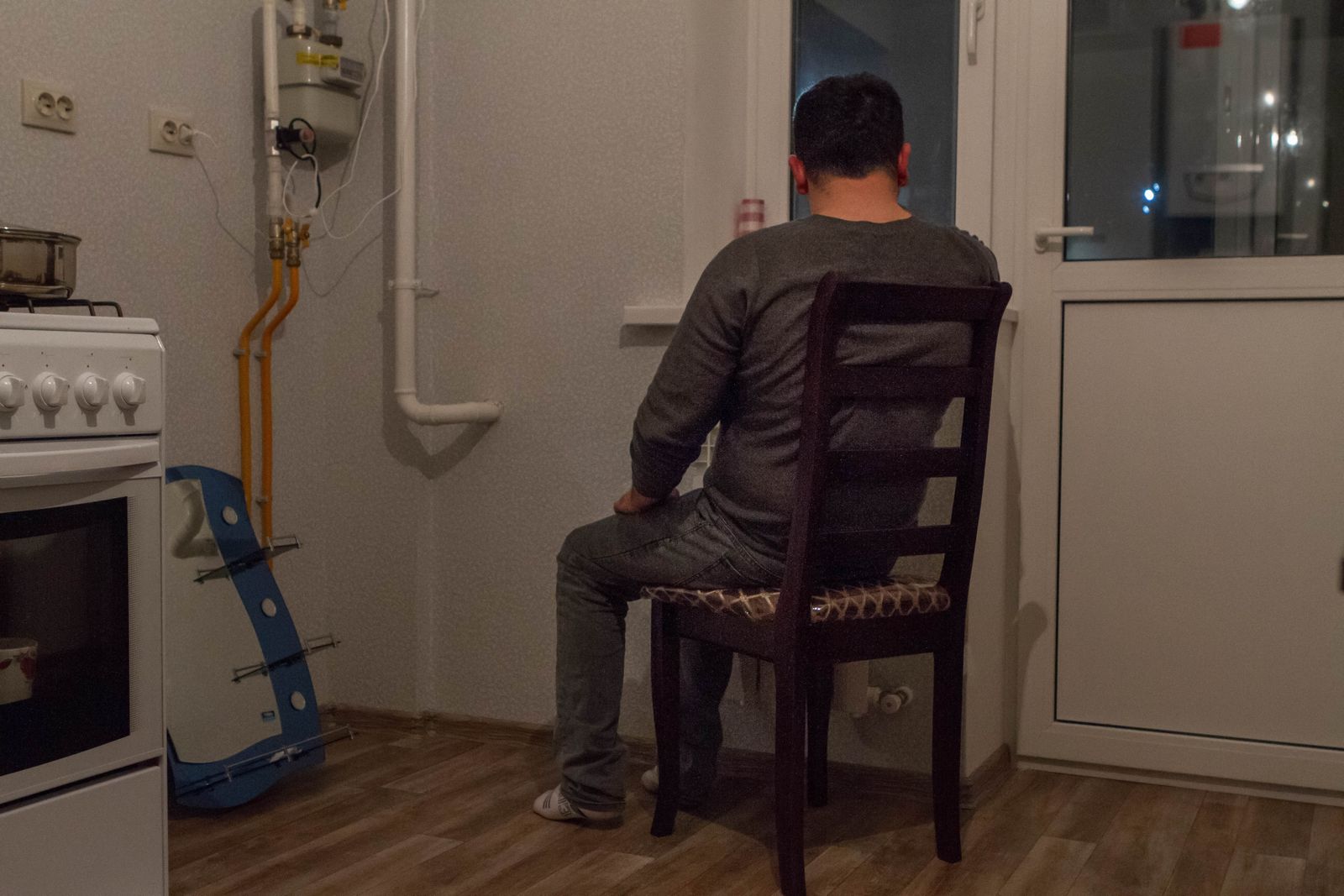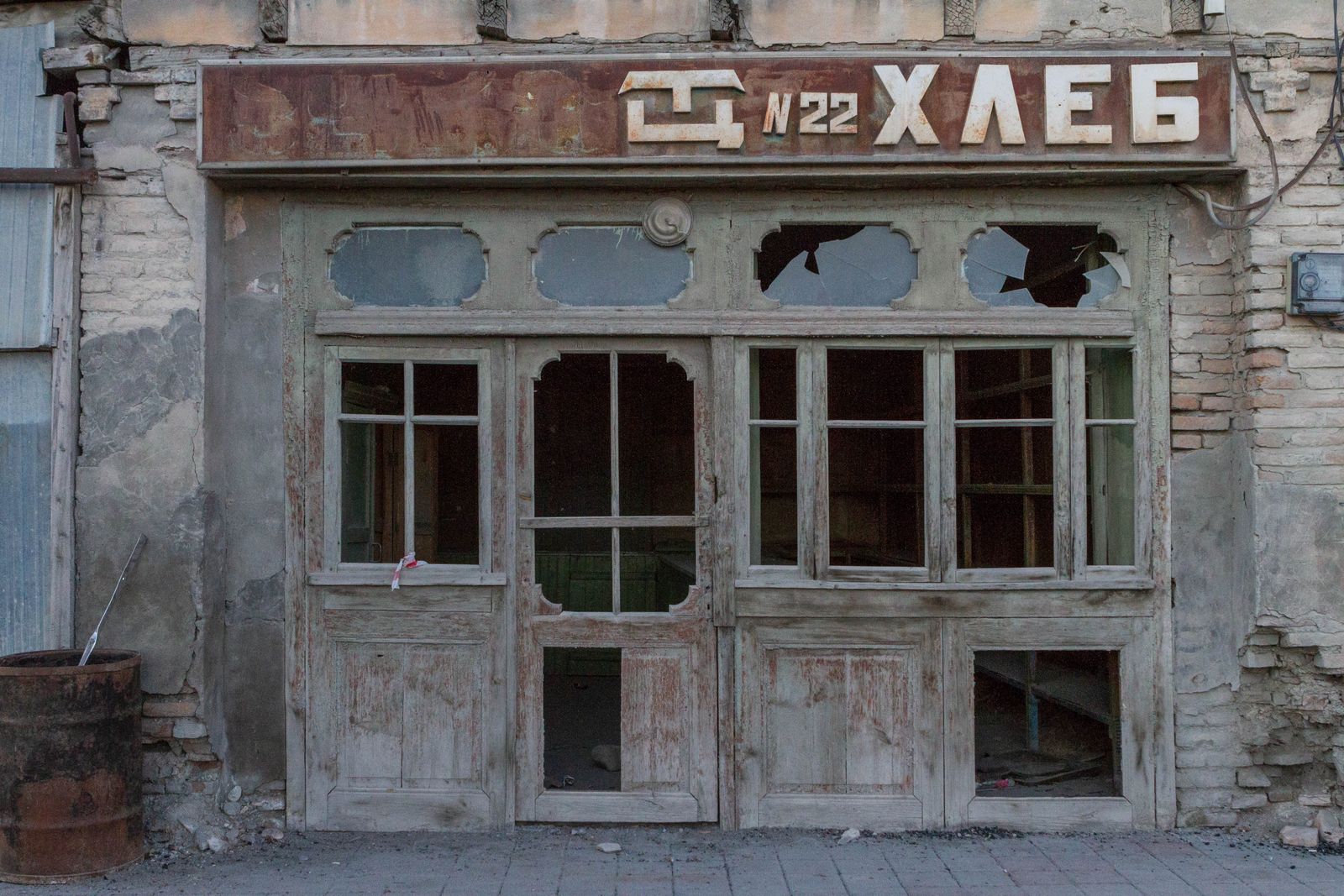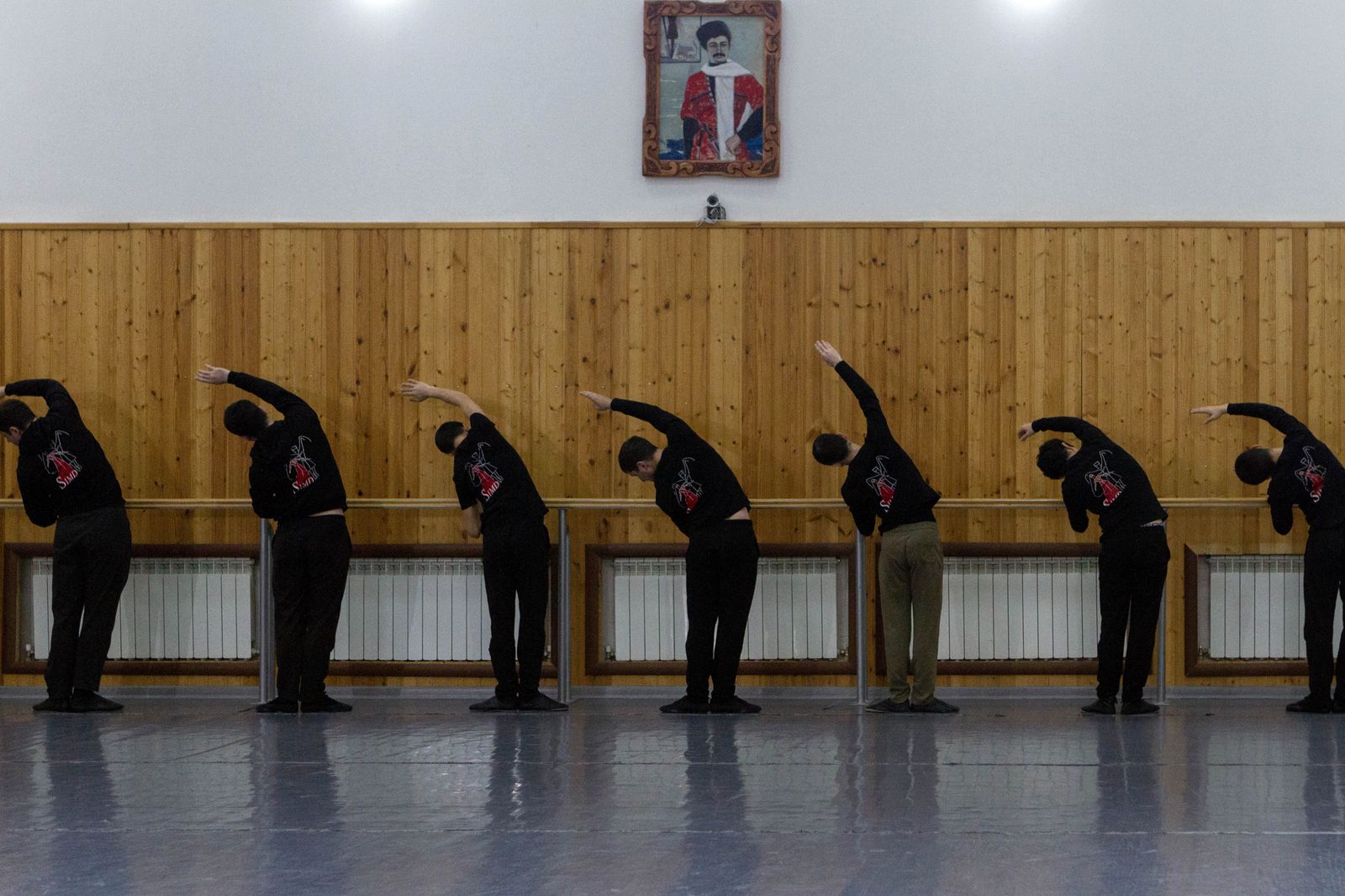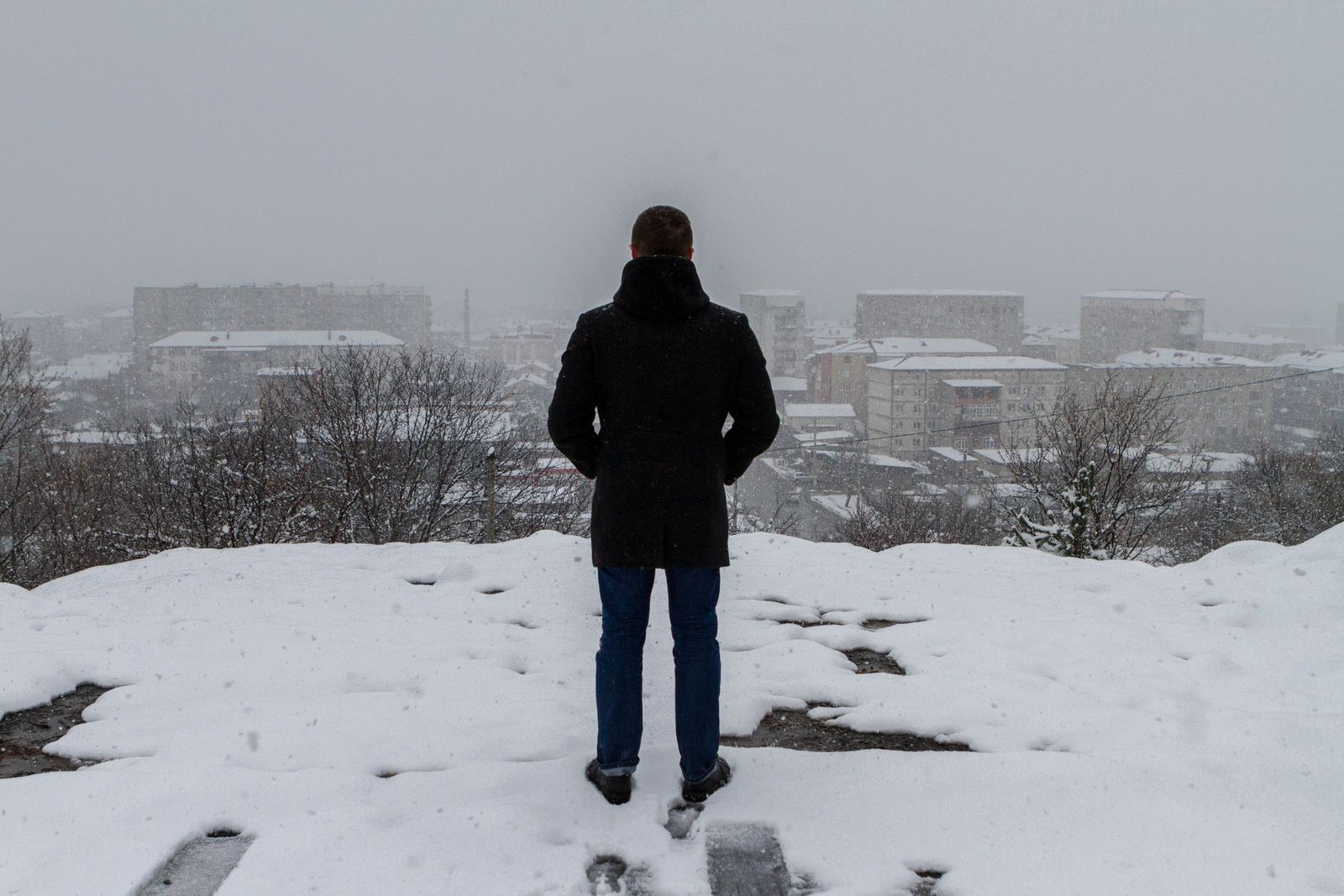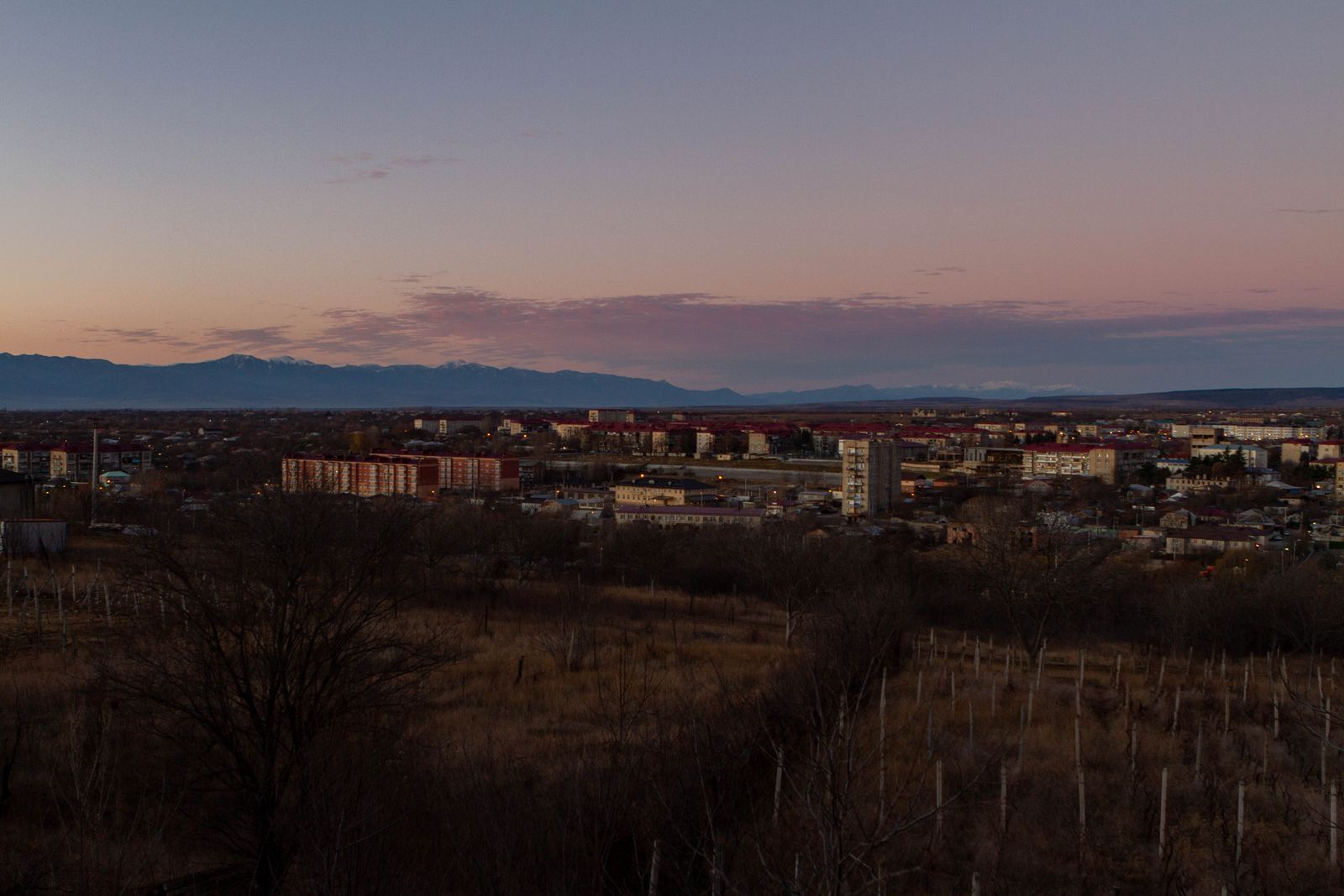42°13′35″ N 43°58′10″ E
-
Dates2019 - 2020
-
Author
With the beginning of the dissolution of the Soviet Union, questions of independence and self-recognition emerged and escalated all over Soviet republics. During 1990s several wars took a place in Caucasus region. Frozen conflicts over disputed territories left people who live under unrecognized state with uncertainty for years.
The project about generation that was young during break-down in South Ossetia tell us what people who live in one of the unrecognized republics experienced. I combined the stories of people, traces of the war, nowadays life of the republic and archival photographs in my project.
With escalating conflicts over Nagorno-Karabakh, the topic of war and state of these republics raised and issued. I truly hope that if we get to know each other better - it would be easier for us to love than to kill. Of course this sounds utopian. But human life is priceless. Meanwhile, behind each conflict are hundreds, thousands, tens of thousands of affected people.
As a child I used to listen to the stories of my grandparents about the war they went through. And that time I imagined what I would do if I were in the war. It was stories and imagination. However, the conflicts of the 1990s and 2000s passed me by. I was a teenager and had my head in the clouds when there was a war in the neighborhood. It seemed to be very far away. The desire to fill the gap in my knowledge and personally find out what was happening led me to the Caucasus.
In 2008 a five-day war took place on the territory of the unrecognized republic South Ossetia (northern part of the internationally recognized Georgian territory) with the participation of Ossetian, Russian and Georgian forces. The war was preceded by years of skirmishes and constant tension. According to Levada Center statistic, almost one out of five Russians has not heard about war in Ossetia.
Before 90-s Georgian and Ossetian had been living in peace with each other. Both ethnicities had had a high level of interaction and high rates of intermarriage. No one in the region expected that the events would turn out in such violent way when in August of 2008 the tension in the region raised again. During first days of war capital of the region and villages near were shelling with a use of multiple rocket launching systems (Grads).
Most of the inhabitants were hiding from shelling in small basements, which were not strong enough. As a result, the "bomb shelter" due to its insecurity during the bombing and shelling easily collapsed and could overwhelm people. But even in such situation in a small basement you feel safer than under direct fire. In almost every basement frightened women and children were sitting waiting for the end of the war.
Going to Tskhinvali (Tskhinval), I knew for sure that I want to understand what people have experienced and how they live now, twelve years later. I was wondering how such terrible events affect the lives of children and young people. When you are young or just a child, you easily notice how kind and beautiful the world around is. But when war surrounds you, it’s much harder to do. Generation were born and raised in a constant tension. For them, playing outdoors with the sound of gunfire does not seem unusual. Taking portraits of young people, I talked with them about what they experienced and what emotions it caused. How war made their childhood different from what we imagine. The names of the heroes were changed, as many wished to leave their story anonymous.
Speaking of the war and the recognition of the republic, I did not take the position of either side. The name of the project is the coordinates of the capital of the region – Tskhinvali (Tskhinval) - the city that suffered the most in the first days of the war. “We just wanted to save as memories what was happening to us then. These photos were not for the press, but in order not to forget that we all survived” said photographers, sharing photos with me.
The republic closed the border with Georgia and has only one route to neighboring Russia. Residents, who are partially isolated and constantly fighting for independence, don’t want to mention what they experienced even after twelve years. Living in the peace is now the most important thing for them.
